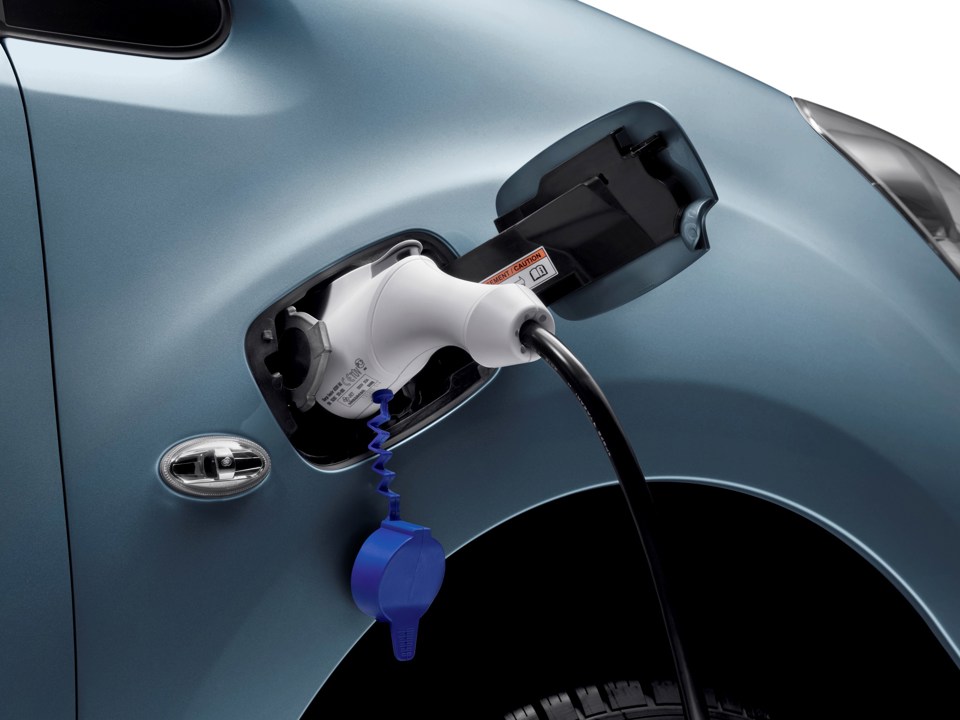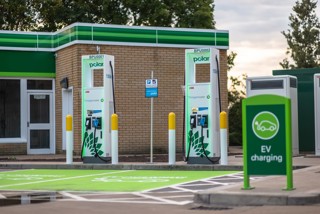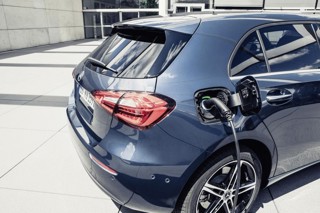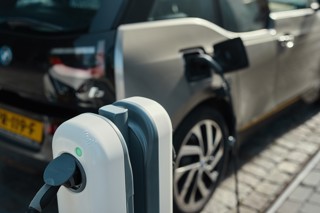An increasing demand from electric vehicle (EV) drivers for more powerful chargers is among a range of findings from the Zap-Map EV Charging Survey.
It reveals new trends in EV charging behaviour in the UK based on the experience of Zap-Map’s own survey panel.
Looking at the findings from one area of the report – the changes in behaviour on the public charging network – some clear trends are emerging.
In 2019, 85% of EV drivers report using fast (7-22 kW) and 86% non-Tesla rapid chargers (>43 kW), the two most popular units. This was a 13% increase as compared to 2016 and represents an average annual increase of 4% in the proportion of EV drivers using both fast and rapid units.
These trends partly reflect the increased availability of both fast and rapid chargers on the UK network, the numbers of which have grown by 27% and 43% respectively in the past 12 months.
However, given that the proportion of EV drivers using the public charging network is broadly stable (currently at 94%) as is the usage of slow units (<3 kW), the figures also suggest an increasing demand from EV drivers for more powerful chargers on public network.
This growing demand is supported by other data from the survey which reveals an increase in charging duration on rapid units over the four years to 2019; with 16% more users reported to be charging for 40 minutes or more and 18% fewer charging in under 40 minutes.
The increase in charging time on rapids – which is highly significant, representing an 146% increase from a low base in 2016 (>40 minutes) – is likely to be due to the higher battery capacities used by newer EV models and also to the increasing use of EVs for longer journeys.
To add to these trends, EV drivers may also be charging more often as the survey finds that users report arriving at public charging points with a higher state-of-charge (SoC) than before.
Between 2016 and 2018, the surveys reveal a 6% reduction in users reporting SoC 0-20% on arrival together with a 6% increase in users with SoC 20%-40%.
This change may be due to the relatively large numbers of new EV users in the UK market who tend to be more risk-averse than experienced drivers.
Or it may reflect changes in journey type from local to motorway journeys where running low on charge is a particularly critical issue due to the limited number of charging locations along strategic routes.
Dr Ben Lane, chief technology officer at Zap-Map, said: “Zap-Map’s EV Charging Survey published today provides unique insights into the charging behaviours of EV drivers across the UK – at home, at work and on the public network.
“In a market which is doubling every two years, quality information is an essential commodity with which to track and monitor emergent trends.
“Our objective with the annual EV Charging Survey is to provide just such data to accelerate the EV market in the UK and beyond.”
The Zap-Map EV Charging Survey Report 2019 presents the results from the survey conducted in 2019 together with findings from previous annual surveys in 2016-2018.
The 55-page report, which includes 44 data slides, is available in PDF format, and is supplied under a single organisation (or individual) licence for in-house use only.
The content of the report is structured in six sections: Survey overview, EV charging at home, EV charging at work, EV charging on public network, Sample data, and Zap-Map database.
The report is available at an introductory price of £530+VAT (a 33% discount for the first 25 reports sold) and thereafter at the standard price of £795+VAT.
The EV Charging Survey Report is available at: https://www.zap-map.com/ev-charging-survey/. To claim the 33% discount apply the code ZAPMAP33 during checkout.























Login to comment
Comments
No comments have been made yet.